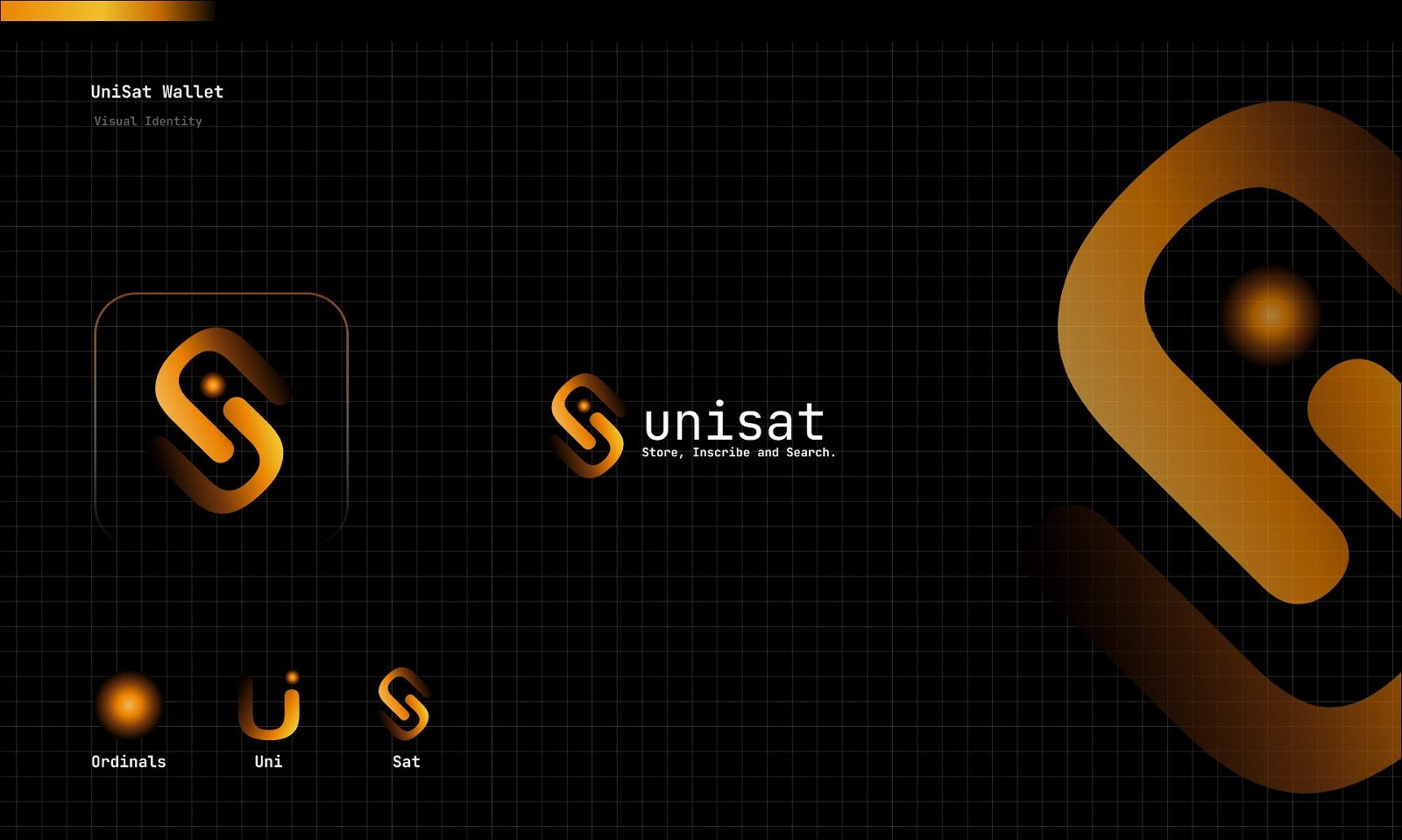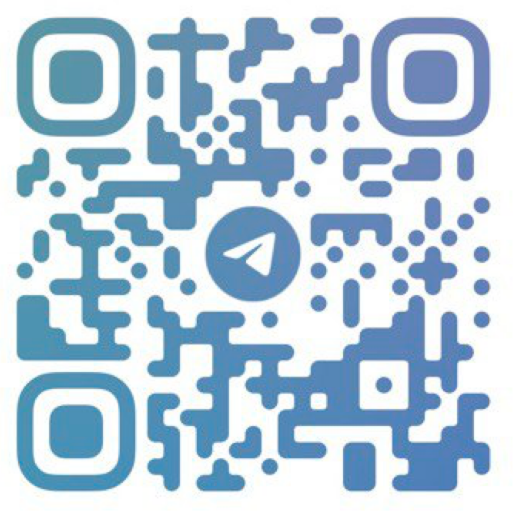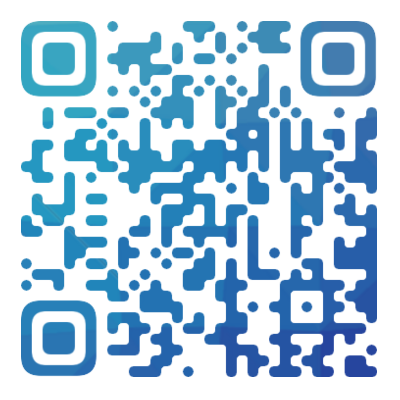










Unisat Translation site
Unisat is a popular web-based wallet that supports custom BRC-20 tokens. A step-by-step guide to adding and mint BRC-20 tokens on UniSat Wallet.
Tags:20 smart contracts blockchain tools blockchain wallets BRC-20 tokens BRC20 mint inscriptionHow to Add and Mint BRC-20 on Unisat.io - CoinNav.io

What is UniSat?
Accompanying this, we have witnessed the emergence of numerous wallet projects designed to facilitate user access to Bitcoin's NFT and DeFi ecosystem. Among these, UniSat Wallet stands out as the pioneer BRC-20-compatible wallet, officially commencing operations on April 23.
The prevailing consensus maintains that while Bitcoin can serve as a means of payment, it need not be confined to this role within the ecosystem. The introduction of BRC-20 sparked a wave of commentary, with many established participants drawing parallels to ERC-20. However, it is essential to acknowledge the substantial disparity between a simple string of JSON code and a sophisticated smart contract.
Even as the Bitcoin NFT frenzy gripped the community, UniSat was diligently working towards the integration of BRC-20.
UniSat has played a pivotal role in the advancement of BRC-20. Recognized as the trailblazer who first consumed crabs, UniSat stands among the select few ventures that astutely seized upon this unparalleled opportunity.
One could speculate that BRC broke into the scene fortuitously, riding the waves of the "meme season," and skeptics might cast doubts on its enduring fame. However, UniSat's gains have translated into tangible financial success. Within the echo chambers of entrepreneurs and developers, UniSat's dedicated trajectory and ecosystem have fostered an environment where innovative breakthroughs strive to emerge, as opposed to the redundant wheel-spinning often observed within the existing crypto landscape.
As we delve into the realm of BRC-20, let us delve into a brief exploration of this token standard.
Your Go-To Source for the Latest News and Tools in the Blockchain Sector - Coinnav.io
What does the BRC-20 Token entail?
UniSat Wallet emerges as an open-source Chrome add-on, dedicated to the secure storage and seamless transfer of Ordinals NFTs and BRC-20 tokens. Among these, Ordinals NFTs, uniquely etched onto the Bitcoin blockchain through the Ordinal Protocol, hold a distinctive place. Meanwhile, BRC-20 tokens represent a form of fungible tokens primed for utilization within the Bitcoin network. With UniSat Wallet, users gain the ability to instantaneously monitor pending NFTs, engage in on-the-fly inscriptions without the requirement of a complete node, and manage the storing, minting, and transfer of BRC-20 tokens. Notably, UniSat Wallet also enjoys the distinction of being the official Ordinal Protocol wallet.
Heading into 2023, the Bitcoin blockchain's landscape was rather monotonous, with Bitcoin reigning as the sole asset. Despite discussions surrounding the need for asset diversification akin to other blockchains, significant transformations were yet to materialize.
Within the realm of innovation, an enigmatic developer known as "Domo" spearheaded the formulation of the BRC-20 token standard, utilizing the Ordinals protocol and the Inscriptions mechanism. This novel standard empowered developers to seamlessly integrate, mint, and transact tokens within the Bitcoin network.
BRC-20 can be likened to the Bitcoin equivalent of ERC-20. However, given its recent inception—current as of this writing in May 2023—it's important to note that this standard doesn't encompass the same comprehensive support for smart contracts as ERC-20 does.
Remarkably, within just two months of its creation, the BRC-20 market has witnessed the emergence of over 25,000 tokens adhering to this standard, collectively amassing a capitalization surpassing $500 million, and at times even crossing the $1 billion threshold.
In this landscape, the ORDI token stands as a prominent figure, accounting for more than half of the entire BRC-20 market capitalization. ORDI, the pioneer BRC-20 token, was conceived with the ambitious goal of forging a new token standard. Subsequently, its popularity has surged as an increasing number of developers "caught on," spawning new tokens to experiment within this evolving system.
What Sets UniSat Wallet Apart?
- Manage and Transfer Ordinals NFTs with Ease.
- View Unverified NFTs Instantly, Fully Open-Source.
- Dynamic Inscription without the Need for a Full Node.
- Empower BRC-20 Storage, Minting, and Transactions.
As the democratization of Ordinals and BRC-20 gains momentum, a multitude of applications are surfacing. Previously, the creation of inscriptions was reserved for the intellectual elite.
Furthermore, the acquisition of NFT Ordinals predominantly occurred through OTC channels, raising pertinent concerns about decentralization and trust. UniSatis revolutionizes this by facilitating the generation, storage, and transmission of NFT Ordinals without reliance on a complete node. The latest version, 1.1.15, now incorporates support for BRC-20 transfers.
In addition, it introduces a decentralized marketplace for trading BRC-20 tokens. However, it's important to note that this marketplace is still in its nascent phase and should be approached with caution.
Nevertheless, prudence is paramount when delving into the realm of BRC-20 investments, given the prevalence of low-value "shitcoins." Thus, exercising vigilance and refraining from investing substantial amounts is crucial. Furthermore, UniSat remains in the experimental stage, making it potentially susceptible to errors and malicious attacks. Hence, a judicious approach is advised, refraining from investing beyond one's means.
This emerging trend, however, bears implications beyond the Bitcoin network. The heightened interest in Ordinals and BRC-20 has contributed to a surge in daily Bitcoin transactions. This surge, in turn, has strained the network's capacity, a natural consequence of its growth.
Setting Up Your UniSat Wallet for BRC-20 Token Management
With the unveiling of the BRC-20 token standard, Bitcoin has transcended its role as a mere store of value. The ingenious introduction of Ordinals to the Bitcoin Network has unlocked a new realm of possibilities, ushering in BTC-based tokens that hold immense potential. This evolution has already spurred developers into action, resulting in the deployment of tokens on the network that are readily available for trading.
Given Bitcoin's incompatibility with the Ethereum Virtual Machine (EVM), BRC-20 tokens can exclusively be launched on a native Bitcoin browser extension or wallet. UniSat, a pioneer in this space, emerges as the premier open-source browser extension wallet tailored for Bitcoin Non-Fungible Tokens (NFTs). Capitalizing on the innovation brought forth by Ordinals, UniSat empowers users to seamlessly manage both BRC-20 tokens and NFTs within a single wallet environment.
Here's a step-by-step guide to configuring your UniSat wallet for the storage, trading, and minting of BRC-20 tokens:
- Initiate the process by accessing the UniSat website via Unisat.io and proceed to download the Chrome extension or wallet.
- Upon downloading, launch the wallet software and opt to create a new wallet.
- The system will prompt you to devise a robust password for security reasons. It's imperative to select a strong password that remains memorable to you.
- After confirming your password selection, UniSat will generate a 12-word recovery phrase. Safeguard this phrase diligently, as it serves as the essential key to wallet recovery.
- Following this, the system will present you with a network selection prompt. Opt for the Taproot Network, which aligns perfectly with BRC-20 tokens.
- With these steps completed, your UniSat wallet is primed to facilitate seamless interactions with BRC-20 tokens, placing their management at your fingertips.
Creating BRC-20 Tokens through UniSat
With your UniSat wallet configured to interact seamlessly with the Bitcoin token standard, you are now poised to mint compatible tokens using the following outlined steps:
- Launch the official UniSat website and navigate to the dedicated BRC-20 segment. By clicking on the search icon, you can specifically filter for BRC-20 tokens, presenting an array of Bitcoin-linked tokens that have been disseminated.
- Choose a token that is presently undergoing distribution and engage in the minting process.
- Determine the frequency of token minting according to your requirements. Opting for a single minting session ensures the acquisition of a predefined quantity of tokens. Conversely, electing to mint five times would result in an acquisition of fivefold the predetermined token quantity.
- Input the designated gas fee amount. Notably, selecting higher gas fees translates to expedited transaction processing.
- The minting procedure concludes at this juncture.
Given the flexibility for users to specify gas fees as per their preferences, there exists the potential for transaction front-running. This circumstance materializes when another user supersedes your transaction by raising their gas fees. Additionally, in the event that the token attains 100% distribution before your minting process concludes, the token and the accompanying gas fees become forfeit.
Concerning gas fees, the Bitcoin network has observed a substantial upswing in gas consumption over a condensed timeframe. Data from Cryptofees.info unveils that the network has accrued over $8 billion in the preceding week, positioning it as the second-ranking network in terms of gas fee consumption, trailing only Ethereum.
Hence, those embarking on the endeavor to mint BRC-20 tokens through UniSat should be prepared for elevated transaction costs. Meanwhile, enthusiasts can delve into the BRC-20 ecosystem, navigating through the steps delineated within this discourse.








